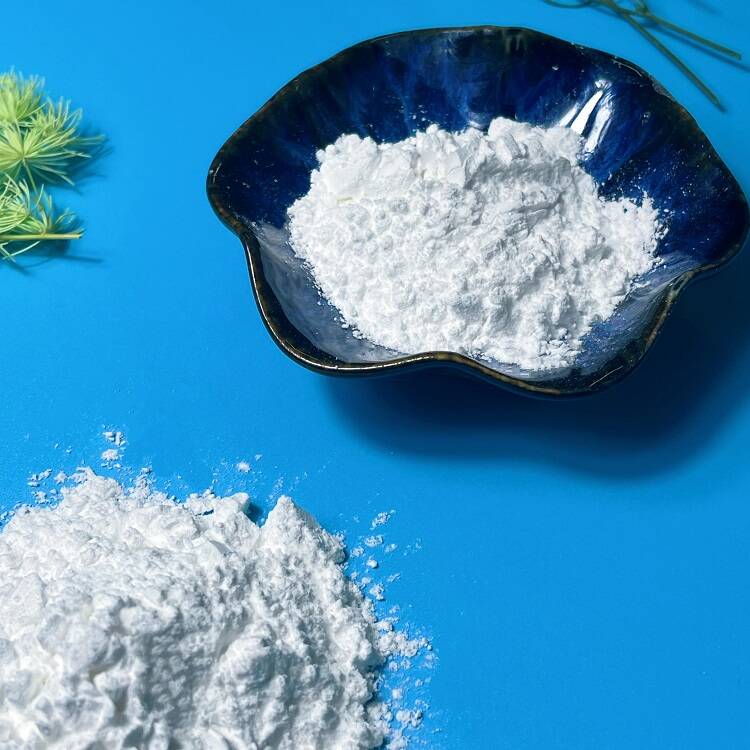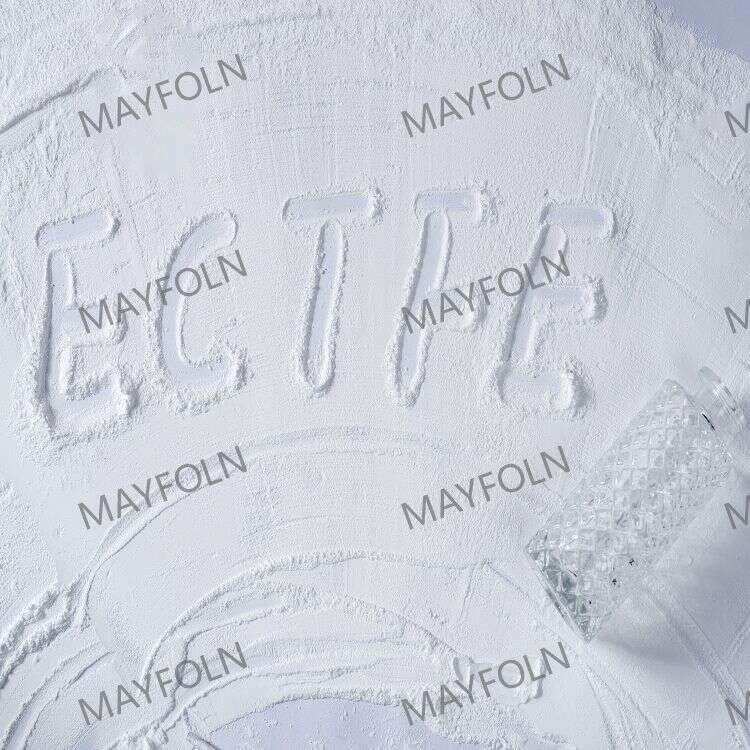-
Categories
-
Pharmaceutical Intermediates
-
Active Pharmaceutical Ingredients
-
Food Additives
- Industrial Coatings
- Agrochemicals
- Dyes and Pigments
- Surfactant
- Flavors and Fragrances
- Chemical Reagents
- Catalyst and Auxiliary
- Natural Products
- Inorganic Chemistry
-
Organic Chemistry
-
Biochemical Engineering
- Analytical Chemistry
-
Cosmetic Ingredient
- Water Treatment Chemical
-
Pharmaceutical Intermediates
Promotion
ECHEMI Mall
Wholesale
Weekly Price
Exhibition
News
-
Trade Service
Water-based coating thickeners can be divided into joint and non-connective types according to the action of the agent, according to their composition there are four main categories: inorganic thickeners, cellulose, polyacrylic, polyurethane.
1, inorganic thickener
inorganic thickener is a class of gel minerals that can absorb water expansion and have tentacles, mainly organic bento-moisturized soil, water-based bento-moisturized soil, organic modified hydrofluestone and so on. Water-based bentonish not only plays a thickening role in water-based coatings, but also can prevent sinking, anti-flow hanging, anti-floating color hair flowers, but water-preserving, leveling is poor, often used in conjunction with cellulose ether or used in primer and thick slurry coating .
II, cellulose thickener
cellulose thickener is a long history of application, a wide range of important thickeners, including hydroxyethyl cellulose, hydroxyethyl cellulose, hydroxypropyl cellulose, of which hydroxyethyl cellulose is the most widely used, has been the mainstream of thickeners.
Compared with other thickeners, cellulose thickeners have the advantages of high thickening efficiency, good compatible with coating system, good storage stability, high anti-flow hanging performance, low viscosity affected by pH and no effect on adhesion, but the use of cellulose thickeners also has greater defects, mainly manifested in the following aspects.
A. poor anti-mold properties, cellulose thickeners belong to natural polymer compounds, vulnerable to mold attacks, resulting in decreased viscosity, strict requirements for production and storage environment.
B. leveling, latex coating thickened with cellulose under the effect of shear stress, thickener and water hydrate layer is destroyed, easy to construct, after coating is completed, the destruction of the hydrate layer immediately terminates, the viscosity is quickly restored, the coating can not be fully leveled, resulting in brush marks or stick marks.
C. Splash, in high-speed temperature coating construction, rollers and substrates at the outlet gap often produce small particles of paint, called atomization, in the manual low-speed roller coating is called splash.
D. cellulose thickener can easily lead to latex particles flocculation and phase separation, affecting the stability of the coating, resulting in glue contraction phenomenon.
III, polyacrylic lipid thickener
polyacrylate thickener can be divided into two kinds: one is water-soluble polypropyleneate, the other is acrylic, methyl acrylic ermer or copolymer emulsion thickener.
the thickener itself is acidic and requires alkali or ammonia water and a pH of 8-9 to produce a thickening effect, also known as acrylic-alkali-soluble thickener.
they mainly rely on the electrostatic repulsion of the dissolved root ions under alkaline conditions to stretch the molecular chain into a rod thickening, which requires maintaining a pH higher than 7.5.
acrylic thickener belongs to anion type, its water resistance, alkaline resistance is poor. Compared with cellulose thickeners, it has good leveling and resistance to splashing, has a small effect on gloss, and can be used in light coatings.
4. Polyurethane thickener
compared with the aforementioned cellulose thickener and acrylic thickener, polyurethane thickener has the following advantages:
A. both good covering force and good leveling.
B. molecular weight is low, roller coating is not easy to produce splashes.
C. can be combined with latex particles, will not produce volume-limiting flocculation, so that the coating film has a high
; D. Hydrophobic, scrub-resistant stability, scratch-resistant and bio-stable.
polyurethane thickeners are sensitive to formulation composition, less adaptable than cellulose thickeners, and should be used with full consideration of various factors.
variety of thickener products, the choice of use of the first consideration of thickening efficiency and the impact of conflowability, the secondary consideration of the construction performance, coating appearance of the impact and stability.
.






